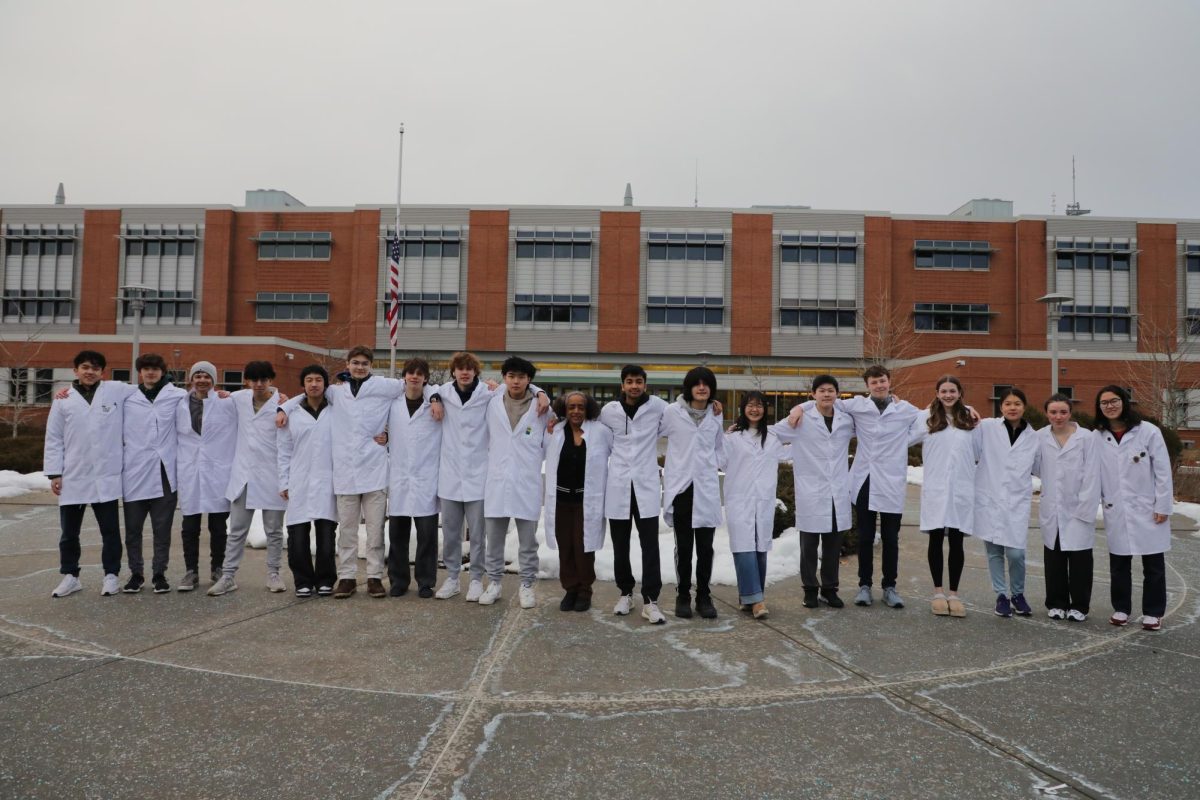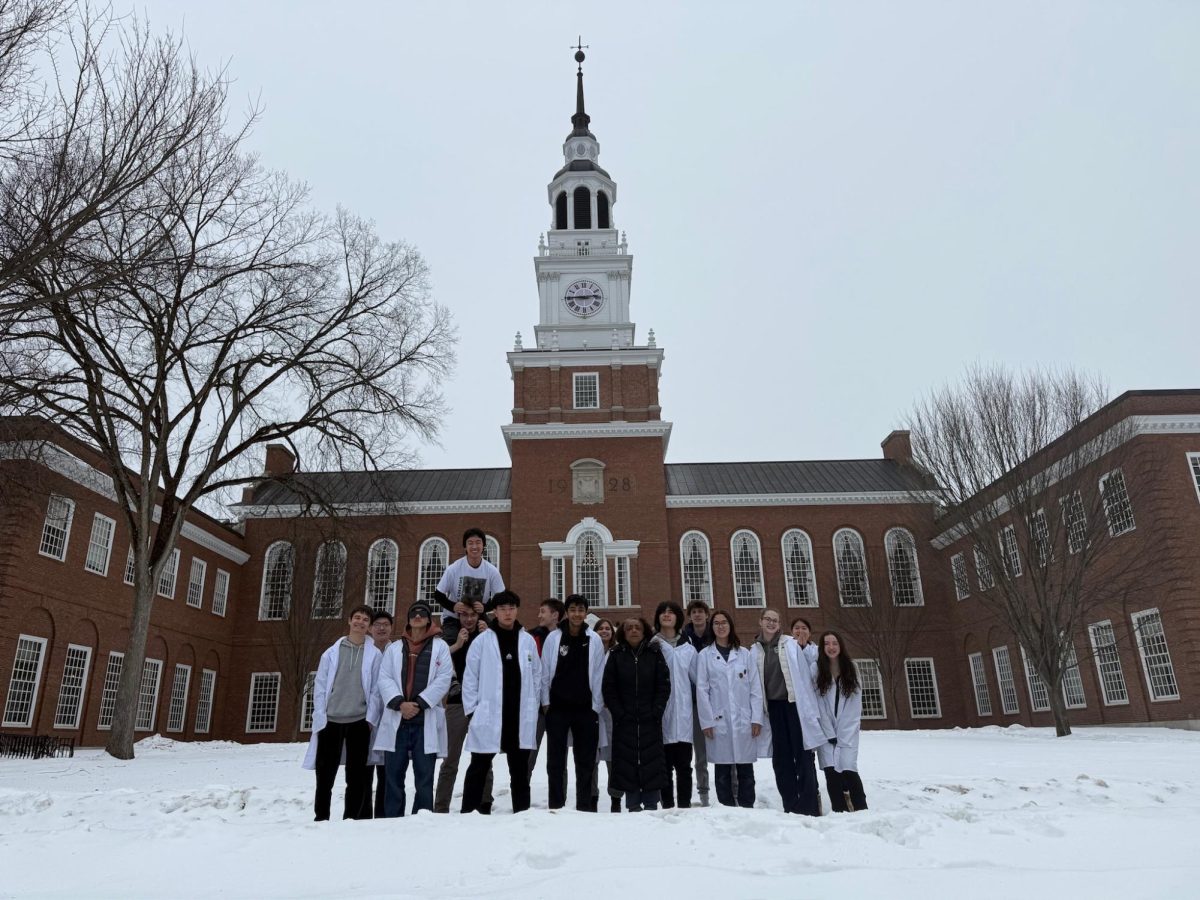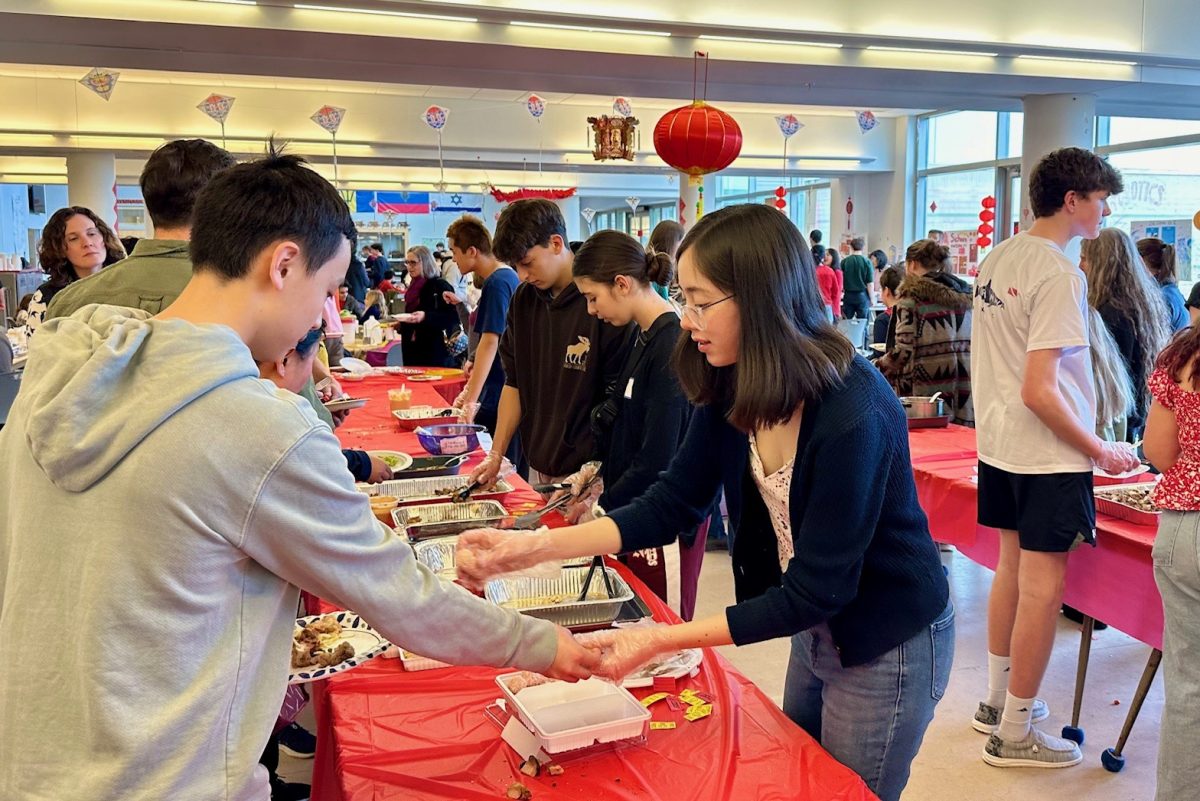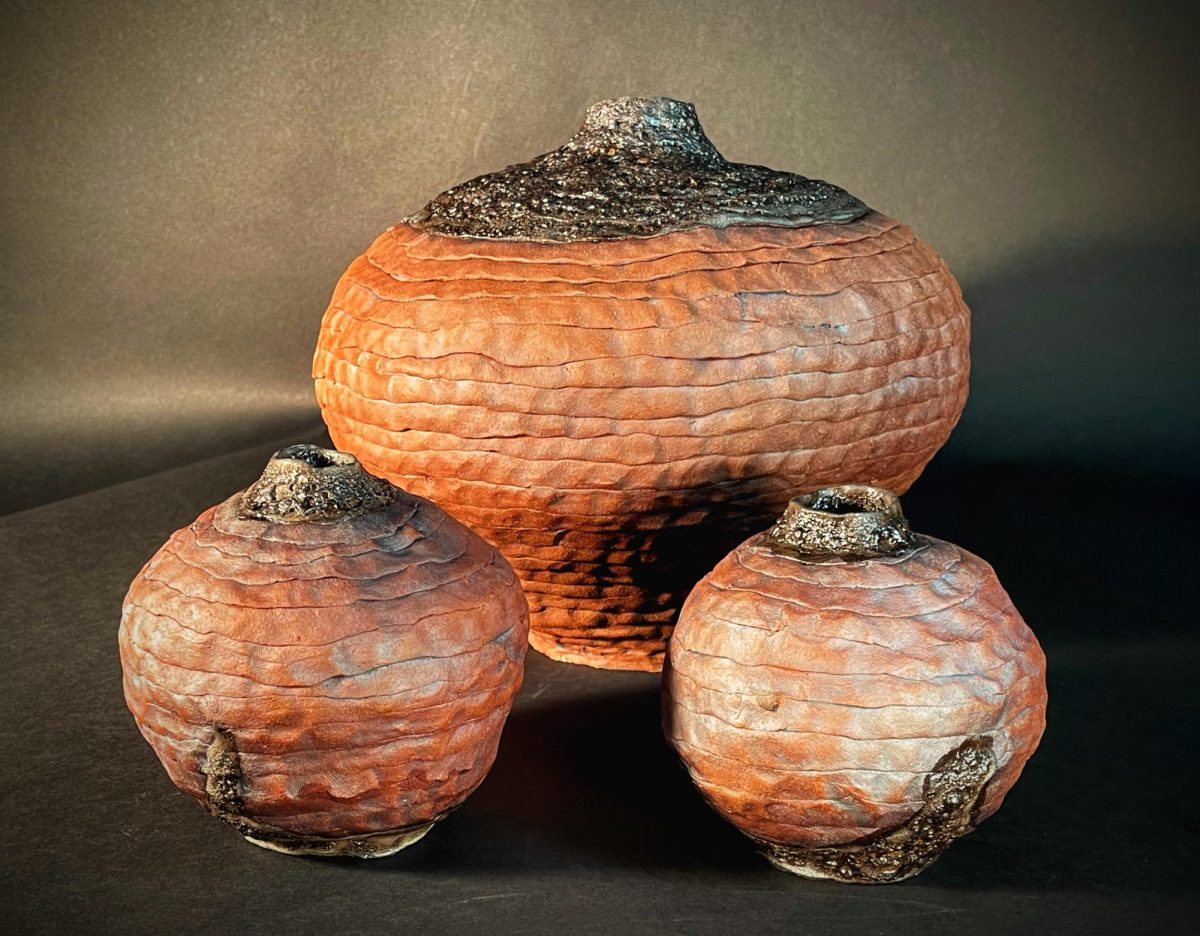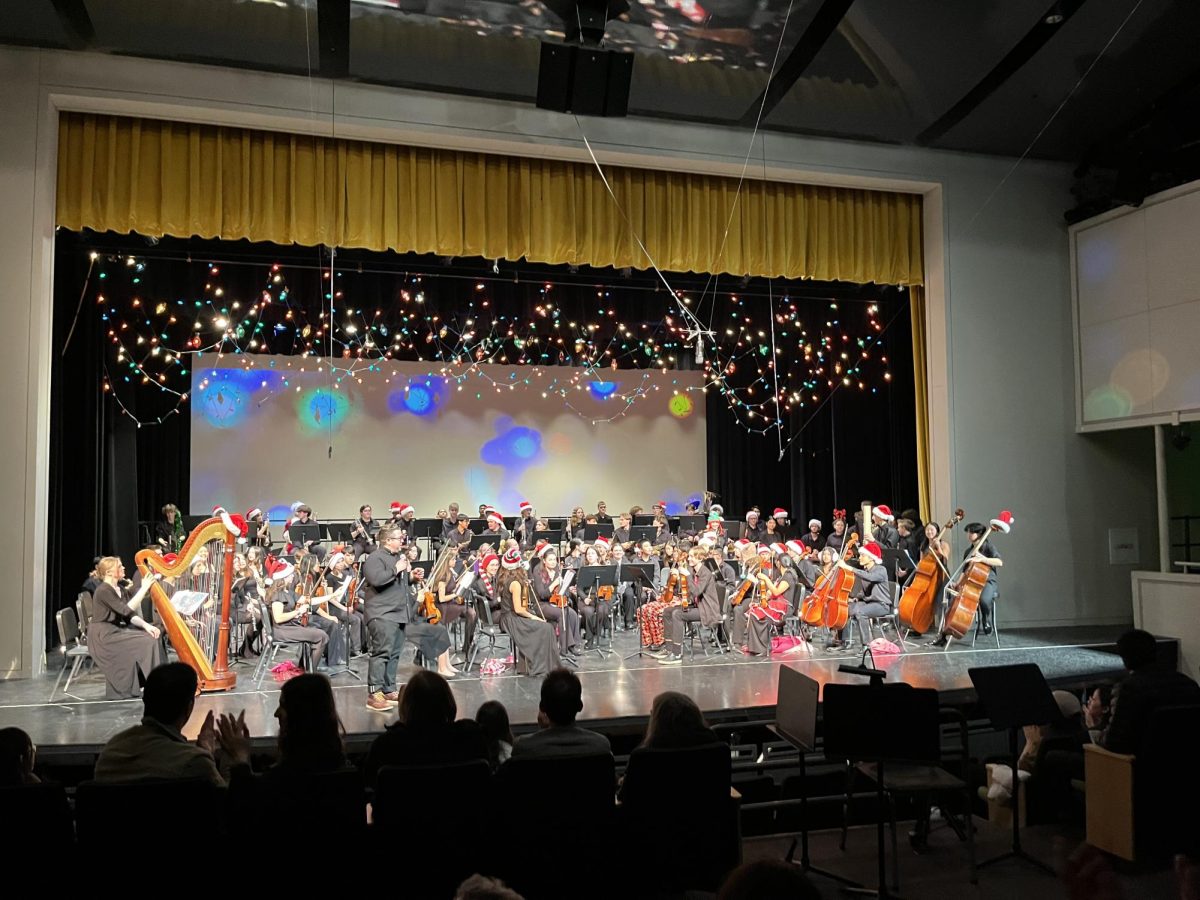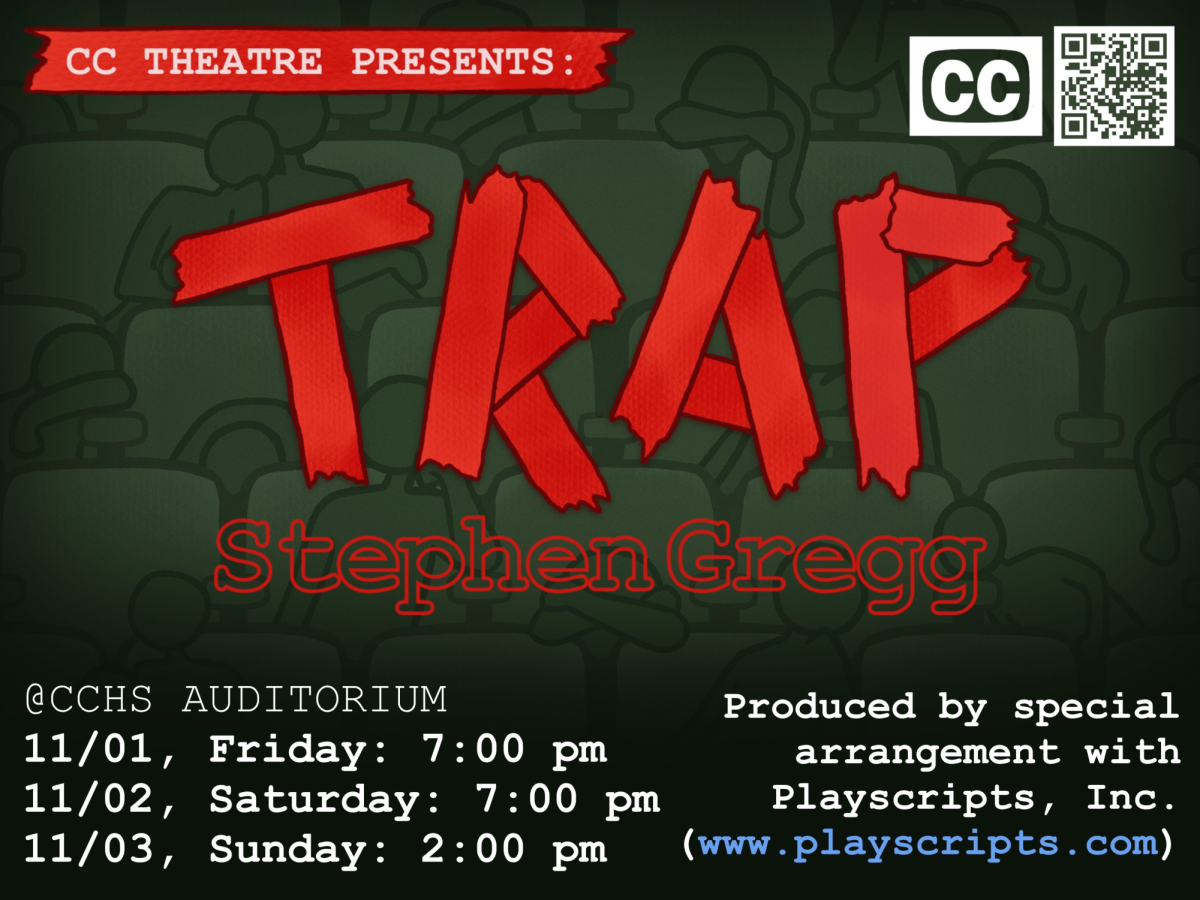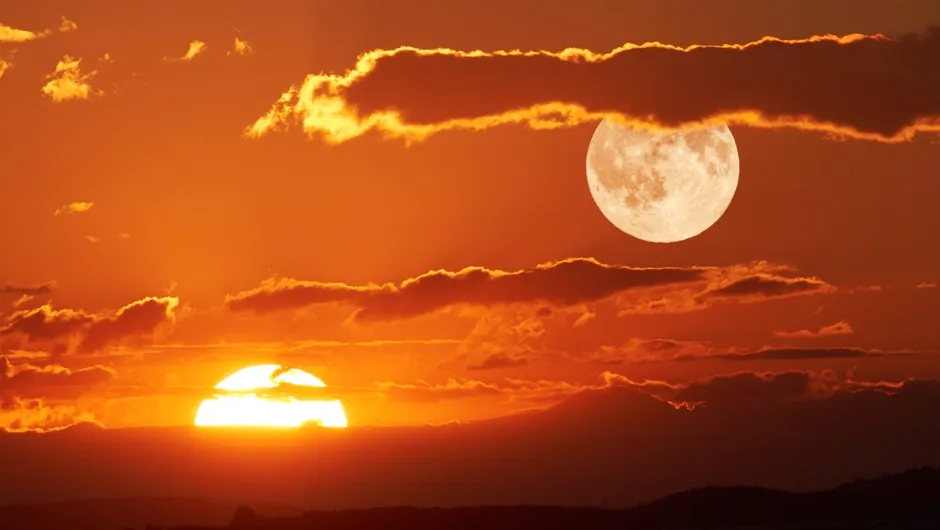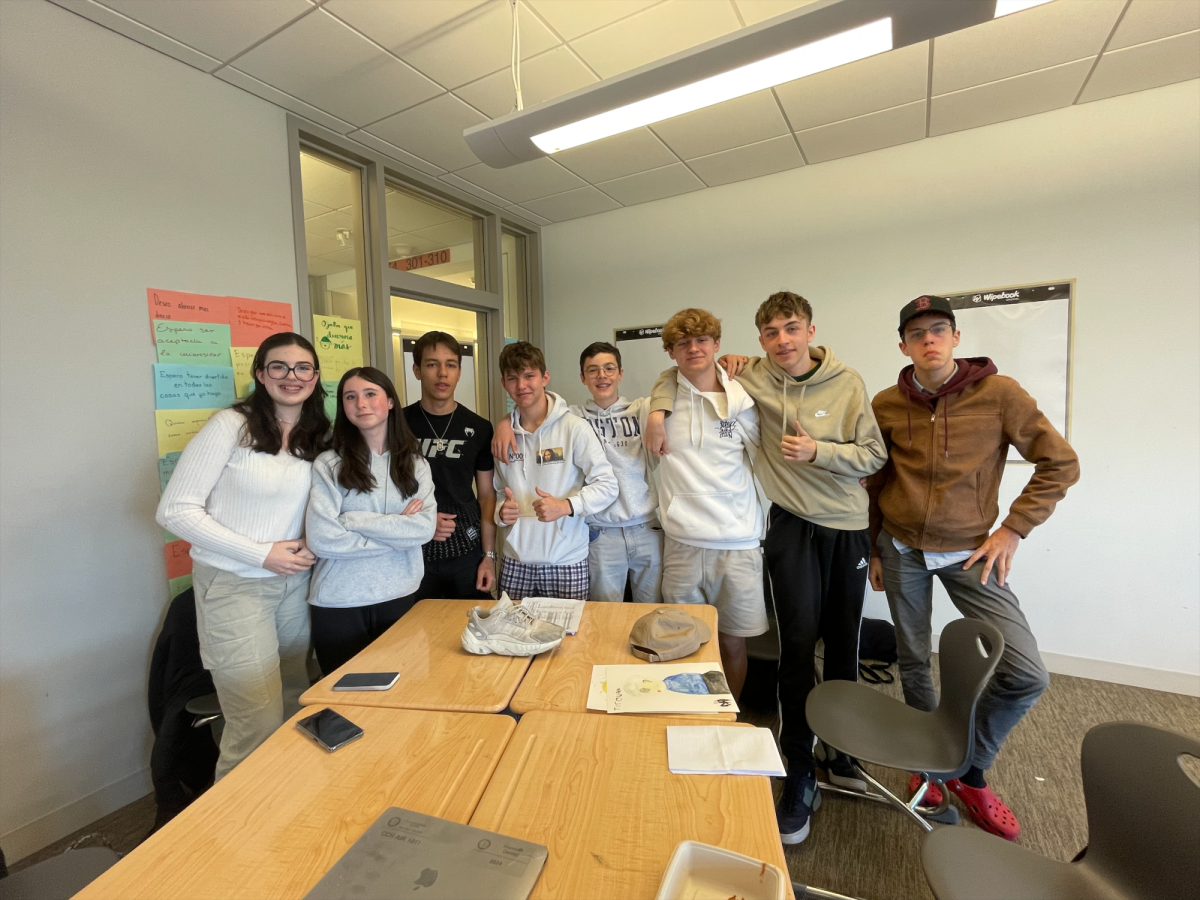Note: Abridged versions of this article were published in the 4/27 issue of the Carlisle Mosquito and the 5/5 issue of the Concord Bridge.
Cinderella marries Prince Charming; Little Red Riding Hood saves Granny; Jack saves himself from the giant on the beanstalk… but then what? What happens after these characters’ so-called “happily-ever-after?” Or what even constitutes a “happily-ever-after,” for that matter? These are the questions that Stephen Sondheim’s famed Broadway musical Into the Woods, which Concord-Carlisle High School’s CC Theatre will be performing this May, seeks to explore. Through the familiar characters of childhood tales, the intertwining storylines expose the raw, often harsh tests of reality that force us to accept that the happy endings that we hope for—as well as the other conventions fairytales have taught us to accept—may not be as clear-cut as we are deceived into believing.
Concord-Carlisle High School’s CC Theatre program will be performing Into the Woods on Thursday, May 11, Friday, May 12, and Saturday, May 13 at 7pm each evening, with an additional Saturday matinee at 1pm. Performances will be closed-captioned in English and Mandarin. Purchase tickets at: https://www.ticketstage.com/T/CCHS. The production is licensed by Music Theatre International. We hope that you will venture into the woods with us to support the amazing efforts of the students and staff who have worked hard to bring you a new spin on colliding fairytales, wishes, and truths.


Photos courtesy of Georgia Blunt.
In choosing ITW as this year’s spring musical, Melissa Charych, CC Theatre’s artistic director, says that there was a “landslide” of student support. Charych also cites the significant number of featured roles as another key reason for the selection. Ned Roos, the technical director, explains that the wealth of talented actors currently in the CC Theatre program made this show an ideal option to employ that pool of talent. However, perhaps the plethora of thespians within CC Theatre contrasted with the limited cast of the show initially produced a slight obstacle for Charych and managing director Nina Davidson: the program boasts a tradition of a no-cut policy for the spring musical so that “students [can] have the opportunity to participate in high school theatre if they want [to],” as Charych explains. Yet, as CC Theatre is known to do, the program spun this challenge into a new creative outlet: a woods and fairytale ensemble. Charych optimistically says that in ITW, “There’s a lot of opportunity to be inventive.” Roos explains that Becky Robichaud, the choreography director, had previously choreographed this show for another production, which inspired the ensembles that CC Theatre has cleverly woven into the script. Sadie Butler, ‘24 (Steward, HYPE coordinator), says that the production team “has really found a way to deeply incorporate everyone in this production, which is hard in a show with a very limited ensemble role.”
Everyone involved in the production emphasizes that ITW is simultaneously lighthearted—Butler calls the show “unintentionally funny”—and thought-provoking. Charych reflects, “I think the big takeaway message… is be careful what you wish for.” But for her, a message that is even more important is resilience: “life is always going to throw obstacles in your path,” and “you have to find a way to take the next step forward at whatever stage of the journey you are in.” Blake Siskavich, the vocal coach, similarly shares, “Life is a messy journey that never goes as planned. You have to… make the best of it.” He further notes that the “places of laughter throughout the woods” despite the heavy message reveal that “without conflict or struggle in life, we wouldn’t be able to recognize the good times.”
The show spans a diverse range of characters, from the older characters trying to guide their children on their view of the right path, to the younger ones Charych says are “forced to grow up before they’re ready.” To Charych, this universalizability is what makes the show so special: “[ITW] has something in it for just about everyone, no matter where in your life you are.” She concludes, “I hope that everyone’s favorite part will be the part that resonates for them.”
To the students of the production, their ranging interpretations are a window into the show’s dynamic and complex themes. Ciara McCrory, ‘24 (Assistant Director, Props Manager) thinks this show is about “accepting change,” saying that it’s “bittersweet, like recognizing the things you’ve lost and the things you’ve gained.” Sophie Staknis, ‘23 (Sound Designer) calls the production a “cautionary tale,” describing that in the show, there’s “a warning against getting too close to the story.” Mariana Cadavid, ‘25 (Woods Ensemble), describes that the first act leaves viewers with an ending they think they recognize, but in the second act, the beauty comes when “[we] guide them through” the “unexpected in life.”
Cadavid furthers that she also draws from the show a message “about the goods and evils of humanity… There’s no perfectly good; there’s no perfectly evil.” Jules Serafini, ‘23 (Little Red Riding Hood) says, “It’s a lot of harsh truths,” as a lot of the characters “get their wish and they’re not happy,” which she thinks will “really resonate” with the audience.


Photos courtesy of Georgia Blunt.
The complexity of the show’s weaving storyline is mirrored by the complexity of the production process. Charych describes, “This show is musically challenging, and it is also enormous. It is the longest show that I have ever directed.” Caroline Shirley, ‘24 (Construction Manager) adds, “All the characters are moving around a lot and it’s just a really fast-paced show, so [the actors] often know each other’s lines and their own lines and… every single thing that they’re doing.” Fortunately, the students have formed ways to adapt to putting so many parts together within such a tight timeframe; for instance, instrumentalists from the pit orchestra, directed by Christopher Noce, have invited actors to rehearse with them for additional practice with the precision of the music. “We just had to plow through,” Charych says.
Charych and others mention that ITW is “more musically demanding for vocals and for the instrumentalists”—McCrory mentions that “Sondheim is notorious for… really difficult music.” Siskavich, the show’s vocal coach, says that “diving into the show” created opportunities to “[notice] all of the details in the music that really help develop characters we know from other stories in a new way.” He explains, “There is a lot of musical coordination with the pit orchestra and the timing… has to be spot on.” Still, the students refer back to the incredible abilities of the cast, as well as “the pit orchestra… they are really incredible, and they’re really good at what they do,” says Staknis. Christopher Noce, the pit orchestra conductor, says that with ITW’s “nearly non-stop music from curtain to curtain,” it’s been “exciting watching [the students] rise to the occasion.” He expresses that “as a conductor, it’s a thrilling experience to have to rely on your student’s musicianship so heavily,” and he affirms that the students are certainly “bringing their very best to this music.”
ITW is no easy feat from a technical aspect, either. The crew is building “very specialized platforms that are becoming the terrain of the woods,” Roos summarizes. “[There are] close to… 30 different platforms,” he says, and “every single one of them is unique,” which according to Calista Wong, ‘25 (Set Construction), creates the “variation to the woods.” Wong furthers that because the platforms need to “flow and connect,” “we have to be really, really precise,” in addition to being extremely organized. Shirley describes that building the set of platforms is CC Theatre’s own “creative decision”—“creating a new idea“ instead of simply “copying other sets”—and that the small but experienced construction crew has been working “15 hours a week constantly in the past two weeks,” including late night workshops.


Left: Photo courtesy of Georgia Blunt. Right: Photo courtesy of Ned Roos.
The team has also collaborated with Open Door Theatre for a few of the ten-foot trees making up part of the set, as well as with the art department to design Milky White, the puppet cow. Roos is even building a glowing moon!
But to many involved in the production, these challenges are also what makes the show so enjoyable and exciting to be part of. Cadavid says that she loves the “randomness” and simultaneous intricacy of both the music and the scenes. Anika Currie, ‘26 (Woods Ensemble), says that despite the difficulty of the music, her favorite part is singing, especially “First Midnight.” Stella Kaplowitz, ‘25 (Fairytale Ensemble, Student Program Coordinator, Bio Manager), says that due to the size and scope of the show, learning each individual piece has had to be “so spread out,” making it more difficult to connect with others in the cast. Still, she says, “One of the most magical parts of the process” is “[seeing] it all come together… it never fails to excite me.” Siskavich notes, “The actors are taking bigger and bigger risks with their character development.”
Ultimately, all involved affirm that ITW—as well as the process of putting together such a massive production—establishes a sense of community. In Serafini’s words, “it takes a village,” and having an ensemble “drives home” this theme. Butler assents, “You would be hard-pressed to find a more welcoming and supportive community anywhere else.”
Charych concludes, “The difference between a good high school production and a great one is [when] every student is invested. And I really do feel like that’s the case in this production.”

